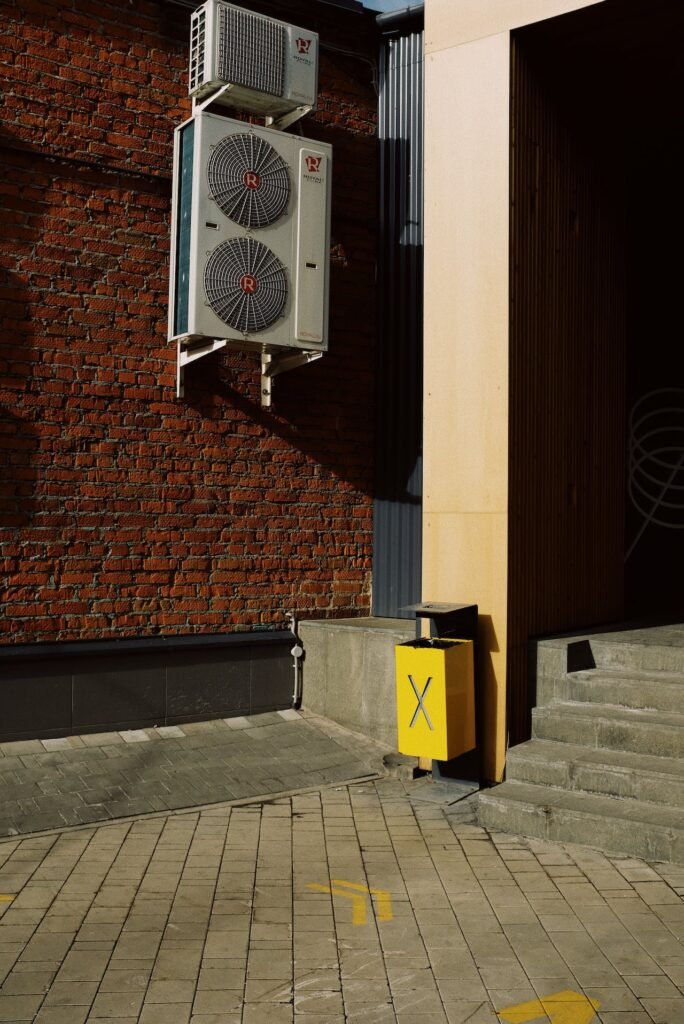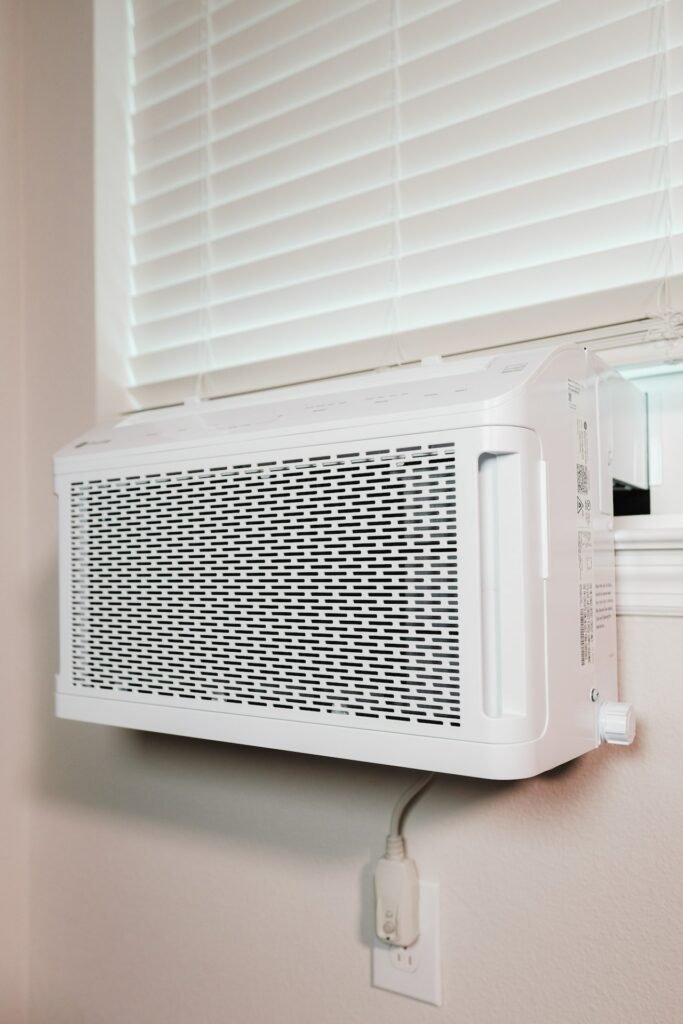HVAC systems are regarded as among the most vital appliances in any home. They can keep you cool in the summer and warm during the winter. Additionally, HVAC systems include features such as air purifiers, heat pumps, and more. Beyond these, they incorporate smart thermostats and control systems that synchronize all components. In this post, we’ll delve into how HVAC systems operate. If you’re considering installing an HVAC system in your home, an HVAC technician can assess your requirements and recommend the most suitable system for you.
What Does HVAC Stand For?

HVAC stands for heating, ventilation, and air conditioning. These systems are designed to regulate and circulate both cooled and heated air throughout homes, buildings, and indoor arenas. While there are various HVAC options available, they all function similarly. Initially, they draw in fresh air. Through their mechanical ventilation systems, they then either cool or heat the air to meet your desired temperature.
Furthermore, HVAC units can manage humidity levels and improve air quality by utilizing air cleaners to capture spores, bacteria, and other microscopic particles. Fortunately, an HVAC technician can conduct an in-home assessment to determine the best HVAC solution for both you and your residence.
Why is an HVAC System Important?
Essentially, an HVAC system draws in air, then either heats or cools it before distributing it throughout an indoor space. This space could encompass an entire building, a specific room, or various structures like offices, airports, homes, schools, or even submarines. Certain components within an HVAC system can serve dual purposes. For example, you might have a separate furnace or a combined heat pump and air conditioner for both heating and cooling.
Beyond merely circulating air to enhance indoor comfort, HVAC systems also play a role in purifying indoor air. They pull air through filters, capturing particles, dust, bacteria, spores, and viruses. Additionally, whole-home humidifiers and dehumidifiers can adjust humidity levels, ensuring that your home’s dew point remains optimal. Consequently, your living space will feel more pleasant and cooler, reducing the need for constant cooling system operation.
All these components connect to a conventional thermostat, which can also be internet-enabled. Depending on the sophistication of your control system, you can utilize an app to program your HVAC equipment, optimizing each component’s performance. By utilizing smart thermostats, you can achieve more efficient temperature management, leading to potential savings on heating and cooling costs.
What Does an HVAC System Do?

HVAC systems are designed specifically to move air while simultaneously cooling or heating an interior space. Typically, these systems comprise three main components: a cooling unit, a heating unit, and ductwork.
Together, these elements work to introduce fresh air into a home or building. In the context of natural ventilation, air enters through gaps, open doors, or windows, circulating naturally throughout the space.
However, in tightly sealed homes or offices, blowers, ducts, fans, and filters become necessary. It’s common for people to use the terms “air conditioning” and “HVAC” interchangeably. However, they actually refer to distinct concepts.
What are Air Conditioning Systems?
A cooling unit is a common feature within HVAC systems, often referred to as an AC unit. To cool the air, the fan within an air conditioning unit draws air inward, passing it over the evaporator coils.
These coils, containing refrigerant, absorb heat from the air, thereby cooling it. Subsequently, the cooled air moves to the air handler and is then directed into the ducts by the blower. As the chilled air travels through the ducts, any harmful gases generated during this process are expelled through the flue.
Once the air conditioner absorbs heat, the refrigerant vaporizes. To revert it to its original state, the refrigerant travels to the compressor where it undergoes pressurization. It then moves to the condenser, where it is condensed back into a liquid form. This phase also involves the release of heat, which is expelled by the fan.
In some regions where temperatures aren’t sufficiently cold for a furnace, a more economical alternative is the heat pump. These devices can both cool and heat air. Their cooling efficiency is gauged by the Seasonal Energy Efficiency Ratio (SEER). The cool air produced is distributed throughout a building via ductwork. When selecting a unit, prioritize those with higher SEER ratings for optimal energy efficiency.
The most efficient models boast SEER ratings of 20 or more, whereas less efficient ones might have a rating of 13. For an air conditioner unit to earn Energy Star certification from the U.S. government, it must possess a SEER rating of at least 14.
What Are Heat Pumps?

The functionality of a heat pump mirrors that of a central air conditioner. Essentially, it operates on the principle that heat naturally moves toward cold.
To maintain a cooler environment, the refrigerant within the system absorbs heat and subsequently disperses it throughout the entire house or building. Conversely, to produce warmth, the heat pump extracts cold from the outside air, transferring it over the refrigerant, which becomes colder.
This process allows the refrigerant to absorb heat, warming the coils. Air passing over these heated coils increases in temperature and is then distributed throughout the building or home.
What Are Furnaces?

A gas furnace is designed to distribute heat throughout a building or home. Within an HVAC system, air is drawn into the ducts and then pushed through the furnace for heating. The furnace operates by utilizing its combustion chamber to elevate the temperature of the heat exchanger to a desired level. Subsequently, the air passes through this heated exchanger, gets warmed, and is then propelled by the motor through the ducts into the living space.
Similarly, an oil furnace functions on the same principle. It begins by drawing oil from a storage tank, filtering it, and directing it into a chamber. Inside this chamber, the oil is transformed into a mist and directed onto a burner. Once ignited, this burner heats the heat exchanger. The subsequent process, where air is drawn into and warmed by the exchanger before entering the home, mirrors the operation of a gas furnace.
It’s worth noting that some gas furnaces can be modified to utilize liquid propane instead of oil or natural gas. Propane furnaces become particularly beneficial in remote areas where consistent fuel sources might be limited. Moreover, their compact design allows them to fit seamlessly into mechanical closets and other confined spaces. Regardless of the fuel type—be it propane, electricity, or natural gas—the efficiency of a furnace can be gauged using its Annual Fuel Utilization Efficiency (AFUE) rating, which indicates the percentage of fuel that’s converted into heat.
The design and specifications of HVAC systems can vary based on factors such as a building’s cooling and heating needs, the condition of existing ductwork, the age of the structure, its geographical location, and other considerations.
Goodman Appliance offers HVAC installation and replacement. For more information, you can contact us at 1-310-652-7078 or send us an email at mrgoodmanac@gmail.com.





